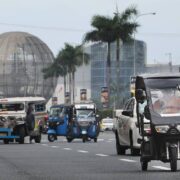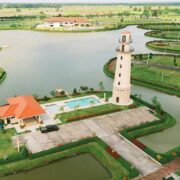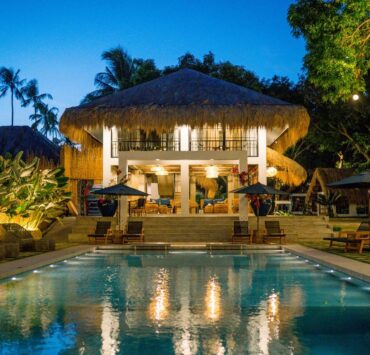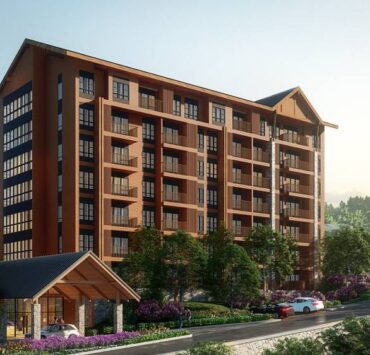MICE tourism: A catalyst for economic and cultural exchange

I recently attended San Diego Comic Con (SDCC) 2024, where I finally got to see how the city transforms to celebrate the popular arts and welcome visitors from all over the world.
SDCC is visited by 135,000 visitors and generates about $160 million for the local economy each year. This is an amazing number that the Philippines should look into as we try to grow and diversify our tourism industry.
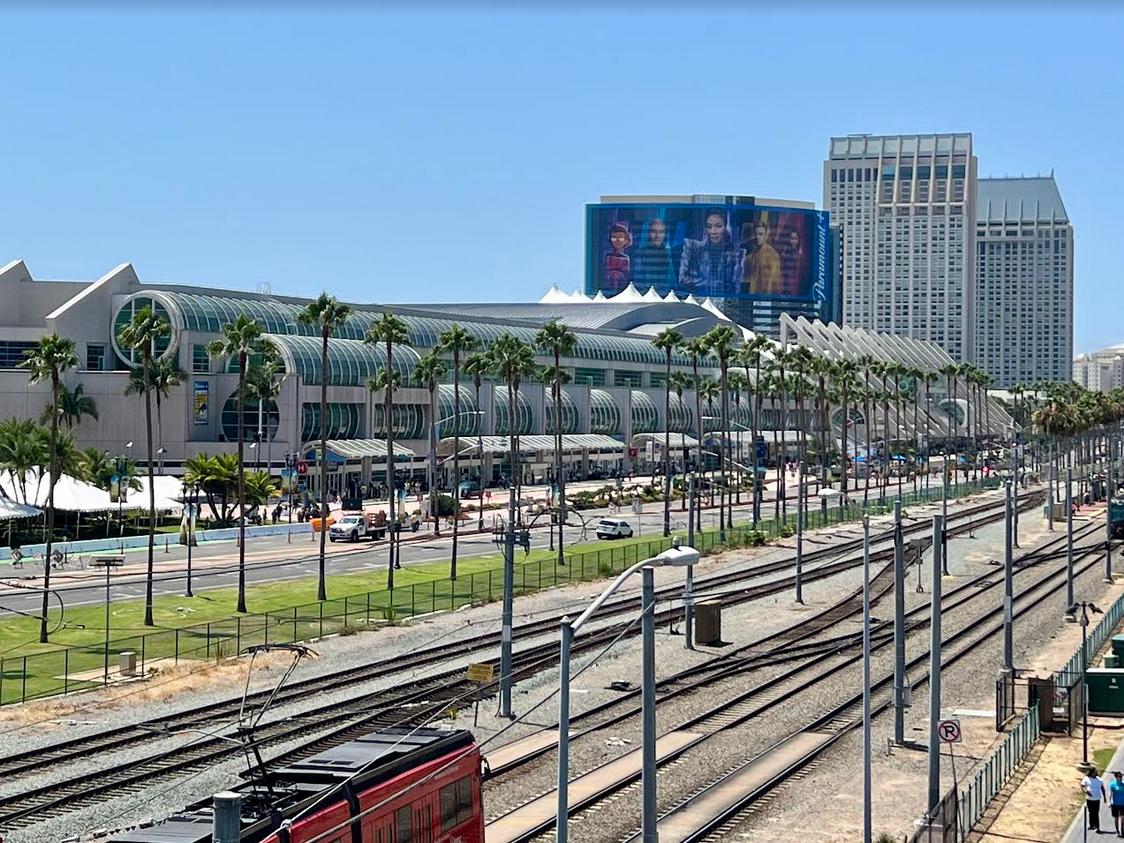
Critical segment
MICE—an acronym for meetings, incentives, conferences, and exhibitions—has become a critical segment in the tourism industry, driving not only economic growth but also fostering cultural and intellectual exchanges on a global scale. It’s a dynamic sector that brings together people from diverse regions and countries, all congregating at a single destination with the common purpose of exchanging trade ideas, fostering business connections, and exploring new innovations.
MICE tourism encompasses a wide range of activities, including conferences, congresses, conventions, seminars, symposia, trade shows, corporate retreats, and more. It operates across multiple sectors of hospitality services, including lodging, food and beverage, catering, transportation, retail, and entertainment.
Economic impact, revenue generation
The economic benefits of the MICE sector extend far beyond tourism. MICE events generate demand for a wide range of goods and services, creating a ripple effect across various industries.
For example, an exhibition contract worth P1 million can yield as much as P360,000 in direct revenues from exhibition venues and P600,000 in revenues from related industries such as hotels and catering services. This demonstrates the significant economic impact the MICE industry can have on a destination.
MICE tourism can also be categorized based on the origin of the attendees who can be either local or foreign. Both types of tourists contribute significantly to the local economy, although foreign MICE tourists typically spend more per trip.
MICE vs leisure
MICE tourism differs significantly from leisure tourism in terms of its target audience, economic impact, and market approach. While leisure tourism is aimed at individual travelers seeking relaxation and recreation, MICE tourism is business-oriented, targeting professionals from various industries.
MICE events generate direct microeconomic effects, such as increased employment and tax revenues, which are often more substantial than those generated by leisure tourism.
Moreover, MICE tourists typically spend more than leisure tourists. In the Philippines, a MICE tourist spends an average of P29,694 per trip, compared to the average P4,949 spent by a leisure tourist. This disparity underscores the high value of MICE tourism in terms of revenue generation.
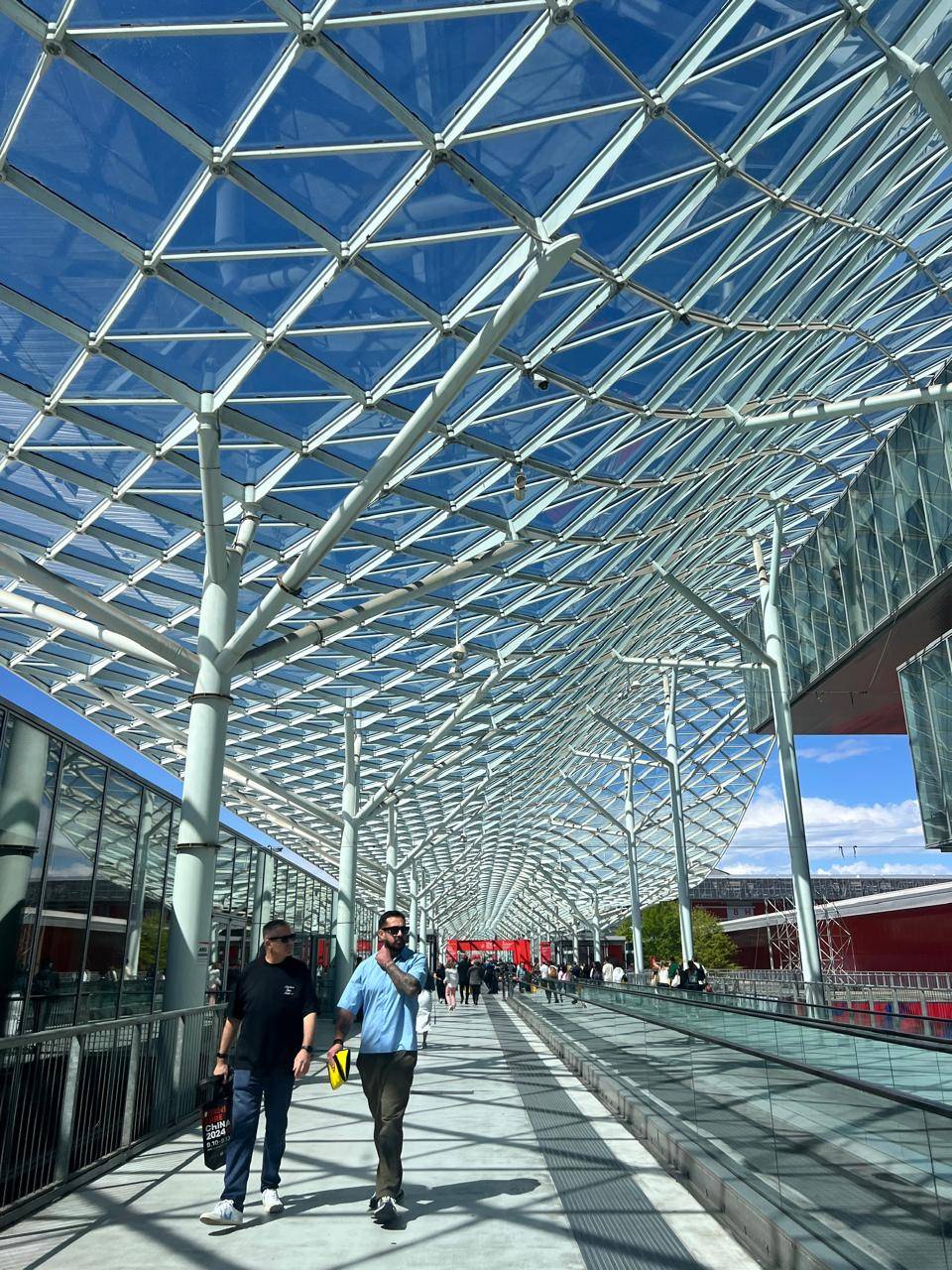
Socioeconomic benefits
MICE tourism offers a multitude of benefits that extend beyond economic gains.
These include employment and income generation from hospitality to logistics; foreign exchange earnings as MICE attracts international delegates; infrastructure development driven by the growing demand for world-class MICE facilities; as well as trade and business relations, as MICE events facilitate the exchange of ideas and the establishment of valuable business and professional contacts.
MICE events also offer opportunities for continuing education, professional development, and training; provide international exposure, which can help attract new businesses and visitors; and help stabilize tourism inflows, providing predictability for local operators in terms of visitor numbers and revenue.
Competitive landscape
Southeast Asia has emerged as one of the largest and fastest growing regions for MICE tourism. Countries like Thailand, Malaysia, and Indonesia have made significant strides in capturing a substantial share of the global MICE market. These countries have invested heavily in developing modern MICE facilities, marketing their destinations, and implementing favorable tourism policies.

In contrast, the Philippines has lagged behind its neighbors in terms of MICE revenues, the number of meetings hosted, and the number of attendees. While the Philippines was once a frontrunner in the sector, the lack of investment in large-scale MICE infrastructure and the absence of a comprehensive MICE tourism strategy have contributed to its decline.
To regain its position as a leading MICE destination, the Philippines must address several critical areas to enhance its competitiveness in the global market.
We need to construct modern, large-scale MICE facilities to accommodate the increasing demand for much larger international events. A comprehensive MICE tourism strategy should guide the sector’s development, ensuring that all efforts are cohesive and directed toward achieving a common objective.
The government and private sector need to work together to promote the Philippines as a premier MICE destination. This partnership can help leverage resources, expertise, and networks to elevate the country’s profile in the global MICE industry.
Targeted campaigns highlighting the Philippines’ unique attractions and competitive advantages can attract more international events and delegates. Finally, development should prioritize sustainable practices to ensure that the industry benefits local businesses and communities while minimizing its environmental impact.
An engine for the nation
MICE tourism is a powerful driver of economic growth and cultural exchange.
For the Philippines, revitalizing its MICE industry offers the potential to unlock new opportunities for revenue generation, international collaboration, and sustainable development.
By investing in infrastructure, strategic planning, and marketing, the Philippines can reclaim its position as a top destination for MICE events, attracting professionals from around the world to experience the unique charm and hospitality of the Filipino people. If we are to drive our country forward, then building a new engine can pave the way for a stronger nation.
Design exploration requires the input of everyone in our community. We invite everyone to come join our explorations on the human environment. Join us on Instagram @wtadesignstudio and @entrari












